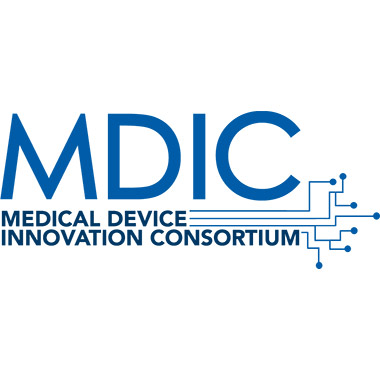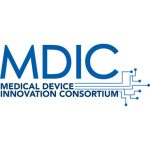A new report from The Medical Device Innovation Consortium (MDIC) Computational Modeling and Simulation (CM&S) initiative looks at the potential of CM&S to reduce product development costs, accelerate time to market, and better serve patients with safe and effective medical devices.
The Landscape Report & Industry Survey on the Use of Computational Modeling & Simulation in Medical Device Development includes more than 40 case studies as well as results from a 2021 industry survey, which identify the value of CM&S to both industry and regulatory bodies, current barriers to more widespread adoption, and recommendations for future actions.
The survey asked how organizations leverage CM&S resources. Most respondents (72%) said that the resources were available internally, 64% personally apply CM&S regularly as opposed to relying on others, 36% rely on the expertise of software companies, and 23% regularly use consultants or personally utilize the technology when specifically required.
Device development and early feasibility studies were the most beneficial applications of CM&S with 69% of respondents strongly agreeing with the statement, “Modeling and simulation can reduce the time to market for my product.”
The greatest barrier to the further adoption of CM&S was uncertainty in what is expected by regulating bodies (61%), followed by a lack of expertise in CM&S (49%) and the sense that the business case for CM&S is not well defined (39%).
“This report validates the broad applicability—and true value—of computational modeling and simulation as a critical engineering discipline. Tangible cost, quality and performance improvements are being realized by the early adopters,” said Randall Schiestl, Vice President, Research & Development, Global Technology, Boston Scientific and Chair of MDIC CM&S steering committee. “The report also highlights the need for continued work to increase both design and regulatory use across small, medium and large device developers.” The CM&S steering committee includes representatives from the FDA, National Institute of Health (NIH), and the medical device and diagnostics industry.
Case studies in the report represent areas such as orthopedics, cardiology, and digital twins, and highlight the benefits of applying these methods in medical device design. Combined with the analysis of the MDIC survey results, these examples help organizations justify utilization of computational modeling and simulation in product development.
“The landscape report adds important context and is a call to action for companies holding onto old R&D processes, highlighting MDIC’s important role as we enter the era of digital health,” said Steven Levin, Sr. Director, Virtual Human Modeling, Executive Director, Living Heart Project.
The full report is available for download here.








